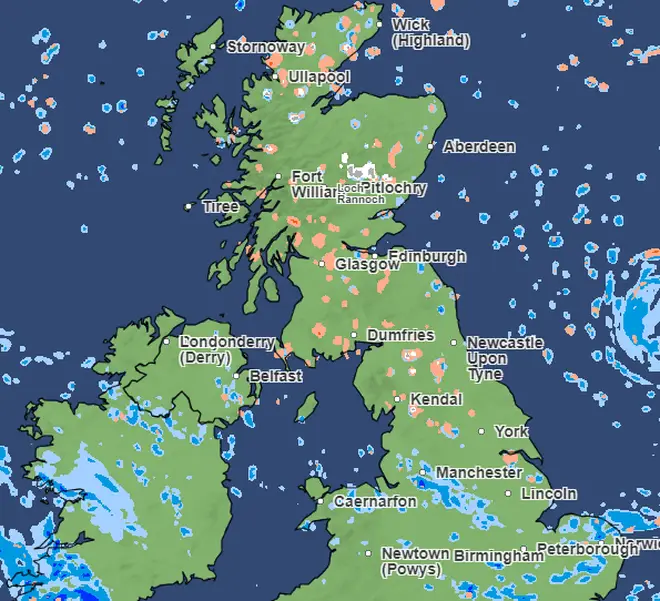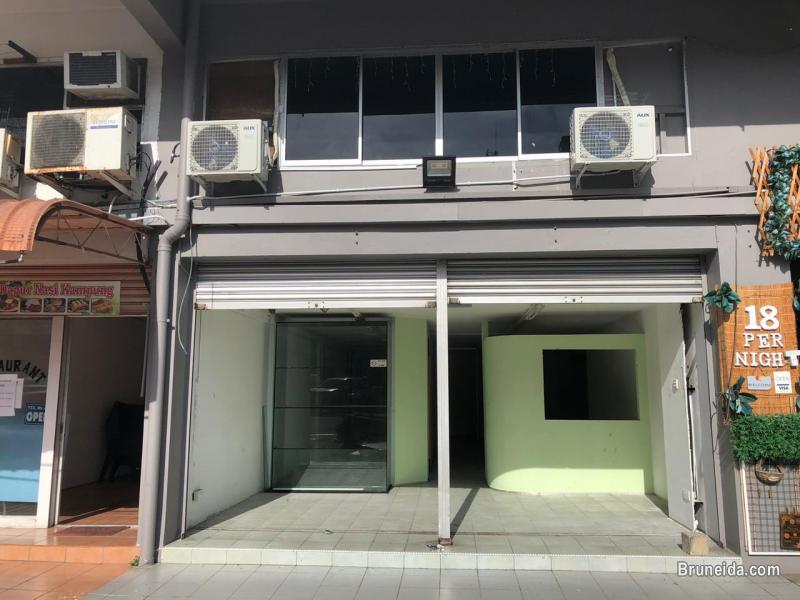UK weather snow maps Arctic blast turns charts purple as heavy snow hits 13 counties

The UK is currently facing one of the coldest spells this winter, with the UK weather snow maps Arctic blast showing dramatic changes. These snow maps have started turning purple across several regions, indicating heavy and persistent snowfall. Experts warn that 13 counties are likely to be significantly affected, with conditions expected to worsen over the coming days. This Arctic blast is one of the most intense in recent years, causing concern among residents and authorities alike.
Snow maps play a vital role in helping people understand where and when snow will fall, allowing communities to prepare accordingly. The purple zones on the maps signify areas with intense snowfall rates, signalling that heavy snow will not only cause travel disruption but may also impact essential services. Staying updated with the latest UK weather snow maps Arctic blast forecasts is crucial for ensuring safety during this cold snap.
Understanding the Arctic blast and its impact on the UK
An Arctic blast occurs when extremely cold air masses from the polar regions surge southwards, bringing frigid temperatures and often heavy snow. This phenomenon happens when the jet stream dips, allowing cold Arctic air to flood into the UK. Such blasts frequently cause sharp temperature drops, widespread frost, and snow across many parts of the country. The UK weather snow maps Arctic blast forecast is closely monitored by meteorologists to predict the timing and severity of these events.
In the UK, Arctic blasts have a history of causing disruption, from frozen roads to school closures and delays in public transport. The recent surge in colder weather and snow is a direct result of this cold air mass moving in from the north. Understanding how these blasts develop and impact different regions helps both authorities and the public prepare for the challenges ahead.
How UK weather snow maps Arctic blast highlight affected areas
The latest UK weather snow maps Arctic blast show widespread coverage of purple and deep blue shades, indicating where the heaviest snow is expected. These maps are generated using complex weather models and satellite data, providing a visual representation of snowfall intensity and duration. For example, the Met Office’s snow maps have revealed a wall of snow stretching over 700 miles, affecting Scotland, northern England, and parts of the Midlands.
Purple areas on snow maps are a stark warning, signalling extremely heavy snowfall with potentially disruptive impacts. By comparing these maps with past events, experts can forecast which counties will face the harshest conditions. The accuracy of these maps is crucial for emergency planning and public advisories. Local authorities rely on these forecasts to deploy gritters and prepare emergency response teams in the most vulnerable areas.
When will the Arctic blast hit and what regions are most at risk?

According to the UK weather snow maps Arctic blast updates, the cold snap is expected to begin midweek and last for approximately 60 hours. This timeframe includes nights when temperatures will plummet to lows of around -15°C in some areas, increasing the risk of icy roads and hazardous conditions. The earliest impacts will be felt in Scotland and northern England, with the Midlands and Wales following closely behind.
The forecast maps also suggest that southern England, including London, may see lighter snow or sleet but should prepare for freezing temperatures and icy patches. The extensive coverage of the Arctic blast means that most of the UK will experience some form of winter weather disruption. Residents are advised to monitor local weather warnings and plan travel carefully, especially during early morning and late evening hours when conditions are at their worst.
Expected snowfall and potential impacts on daily life
Snowfall predictions from the UK weather snow maps Arctic blast forecast indicate that some regions could see up to 20-40 centimetres of snow over a few days. Areas such as Yorkshire, Northumberland, and parts of Scotland are likely to face the heaviest accumulations. This level of snow can cause significant challenges, including road closures, delays in public transport, and potential power outages due to fallen trees and ice.
Heavy snow and freezing temperatures can affect daily routines, from school closures to disruption in deliveries and emergency services. Motorists should be prepared for treacherous driving conditions, and pedestrians should exercise caution on icy pavements. The snowstorm could also impact agricultural activities and local businesses, highlighting the widespread effect of this Arctic blast on the UK’s daily life.
Safety tips and preparation advice for the Arctic blast
With the UK weather snow maps Arctic blast forecasts highlighting severe conditions, preparation is key. Residents should ensure their homes are well insulated and heating systems are functioning optimally to combat the freezing temperatures. Stocking up on essential supplies such as food, water, and medication is also advisable, especially for those living in rural or hard-to-reach areas.
Travel should be avoided where possible during peak snowfall times, but if necessary, drivers must equip their vehicles with winter tyres and emergency kits. Staying informed through reliable sources like the Met Office and BBC Weather can help people adjust their plans as conditions change. Community support networks should be activated to check on vulnerable neighbours during this harsh weather period.
What does the longer-term forecast say?
Meteorologists suggest that while this UK weather snow maps Arctic blast will eventually ease, the cold spell may persist for several weeks. Some forecasts hint at further Arctic air masses potentially sweeping in during February, prolonging the winter chill. The weakening polar vortex in the Arctic region could mean the UK faces multiple cold snaps in the coming months.
This pattern of repeated Arctic blasts is a reminder of how unpredictable winter weather can be in the UK. Continuous monitoring of snow maps and weather updates will be essential for businesses, schools, and public services to respond effectively. Understanding these trends helps communities brace for what might be a challenging late winter season.
Conclusion
The UK weather snow maps Arctic blast signal one of the most severe winter weather events this year, with heavy snow and freezing temperatures set to impact 13 counties. The purple zones on snow maps are a clear warning of intense snowfall that could disrupt transport, daily life, and safety. Staying informed, preparing ahead, and following official guidance will help residents navigate this Arctic blast with greater resilience.
As the UK faces this icy challenge, the role of accurate weather mapping and forecasting has never been more important. These tools not only alert the public but also enable emergency services and local authorities to act promptly. By understanding the nature of Arctic blasts and heeding the UK weather snow maps Arctic blast forecasts, the nation can better withstand the cold and snow ahead.
Frequently Asked Questions
When will the Arctic blast hit the UK?
The Arctic blast is expected to begin midweek, lasting around 60 hours with the heaviest snow falling overnight in many areas.
What do purple zones on UK snow maps indicate?
Purple zones show areas with the heaviest snowfall and most intense weather conditions, often signalling severe disruptions.
Will southern England be affected by the Arctic blast?
Southern England may see lighter snow and freezing temperatures but generally less severe conditions than northern regions.
How cold will temperatures get during the Arctic blast?
Temperatures could drop as low as -15°C in northern and higher-altitude areas during the coldest nights.
Where can I check the latest UK weather snow maps Arctic blast updates?
Reliable updates are available from the Met Office, BBC Weather, and other official weather services.
You may also read: Weather in Kingston Upon Hull 10 Days – Accurate Forecast, Local Insights & Planning Guide




